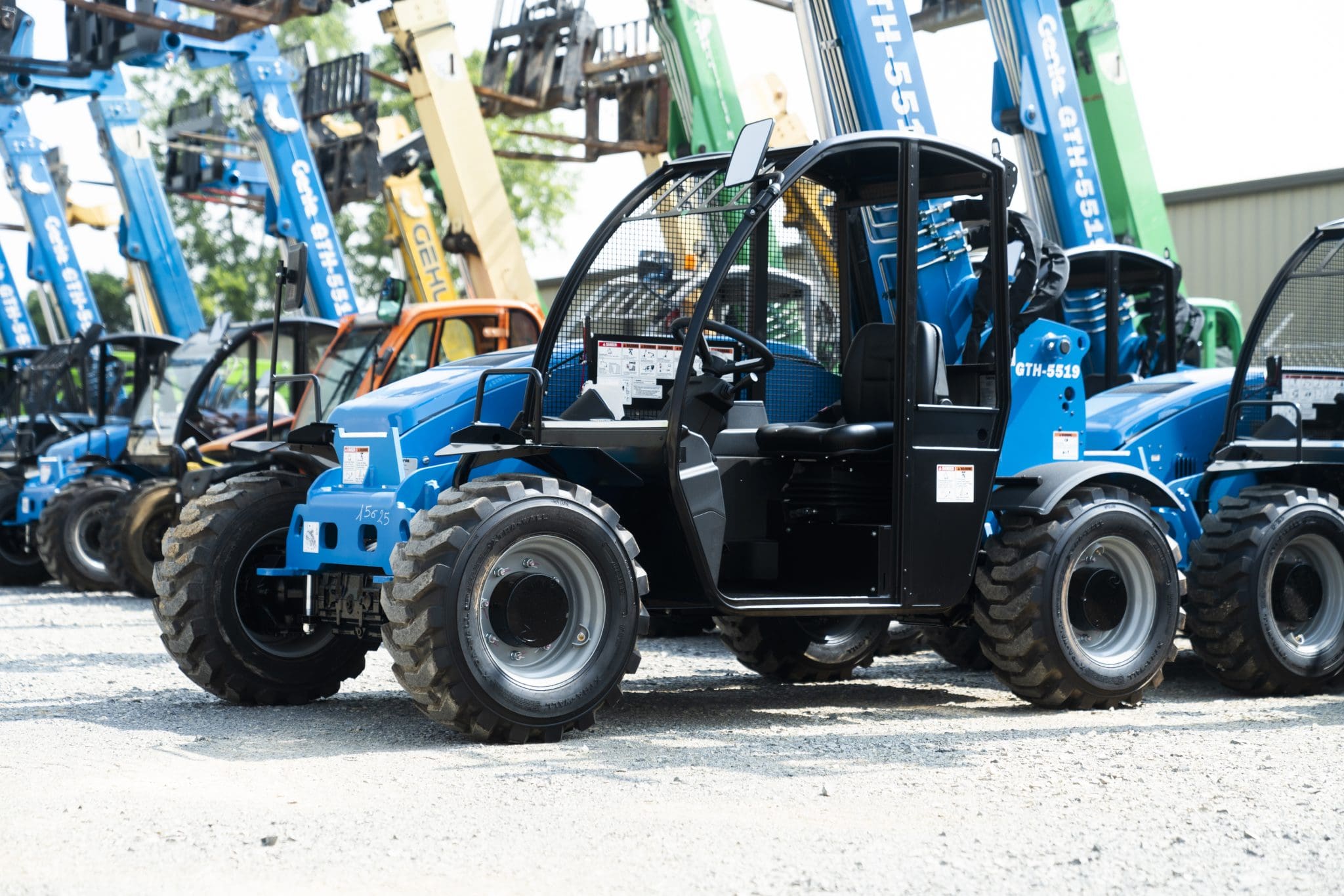
Forklifts are used in various industries for many different tasks. While these machines are useful in many ways, they’re also dangerous if not maintained and used safely.
As a company owner, supervisor, or forklift operator, it’s imperative to have a clear idea of safety rules and procedures. Here are 10 forklift safety tips to keep in mind:
Knowledge of forklift safety rules will go a long way in keeping you and your co-workers safe. However, you don’t want to stop there. You should also learn more about the primary causes of forklift accidents. These include the following:
The following forklift safety procedures and rules will give you peace of mind when using this equipment.
Many forklift accidents are a result of poor training. The best way to combat this is for everyone who is operating a forklift to get certified.
Only people who have been trained and licensed by the Occupational Safety and Health Administration (OSHA) standards should operate a forklift.
Furthermore, employers should test employee performance every year and add training programs as necessary.
It’s easy to believe that all forklifts are the same, but that’s not the case. There are many types of forklifts and classifications. Each type has its own regulations in regards to capacity, weight limit, speed, usage, and structure.
When you know the forklift class, you also know what the machine is capable of doing. This helps protect against an accident that could have been easily avoided.
It’s not a waste of time. Instead, inspecting forklifts daily is necessary to ensure safe use.
Daily checks are meant to pinpoint any defects or damage. If anything is found, the machine should be put aside until it’s repaired. A good inspection includes:
With a checklist in hand, you can efficiently move through the inspection with safety in mind.
You must have a clear view of everything that’s happening around you. Some tips for ensuring that this happens include:
A well-defined floor marking system increases operator and worker safety. This is one of the most important forklift safety tips, as it makes note of physical hazards while also providing pedestrians with guidance on where they should and shouldn’t work.
Every forklift has a capacity that must be followed. If you attempt to haul weight in excess of the counterweight, it can cause the rear wheels to lift off the ground and the machine to tip. Should this happen, personal injury and damage to the forklift are likely.
A forklift is meant to carry one person unless there’s a second seat available. It’s not designed to carry people in the same manner as loads.
If you need to lift a person, there are other types of machines — such as lifts — that allow you to do so safely.
Safely traveling with a load starts with ensuring that it’s stable and secure. Without the necessary stability, there’s a greater chance of the load falling, which puts you and others at risk of injury.
Even when you’re in a hurry, you must operate your forklift within the designated speed limits. It’s always best to err on the side of caution as far as your speed is concerned.
Note: Slow down before turning or changing directions to prevent tipping.
A forklift is meant to make your life easier, but that doesn’t mean you can do whatever you want. There are hazardous areas of the equipment that you and others should avoid.
For example:
This all comes back to understanding your forklift, including what it is and isn’t capable of. This knowledge will help you avoid hazardous areas that could cause injury.
If you have to ask yourself “how to drive a forklift safely” it’s best for you to leave the operation to another person.
Forklift safety is nothing to take lightly, as even a minor mistake can result in serious injury or death.
With the forklift safety procedures above guiding you, it’s easier to feel confident in your ability to safely use this piece of machinery.